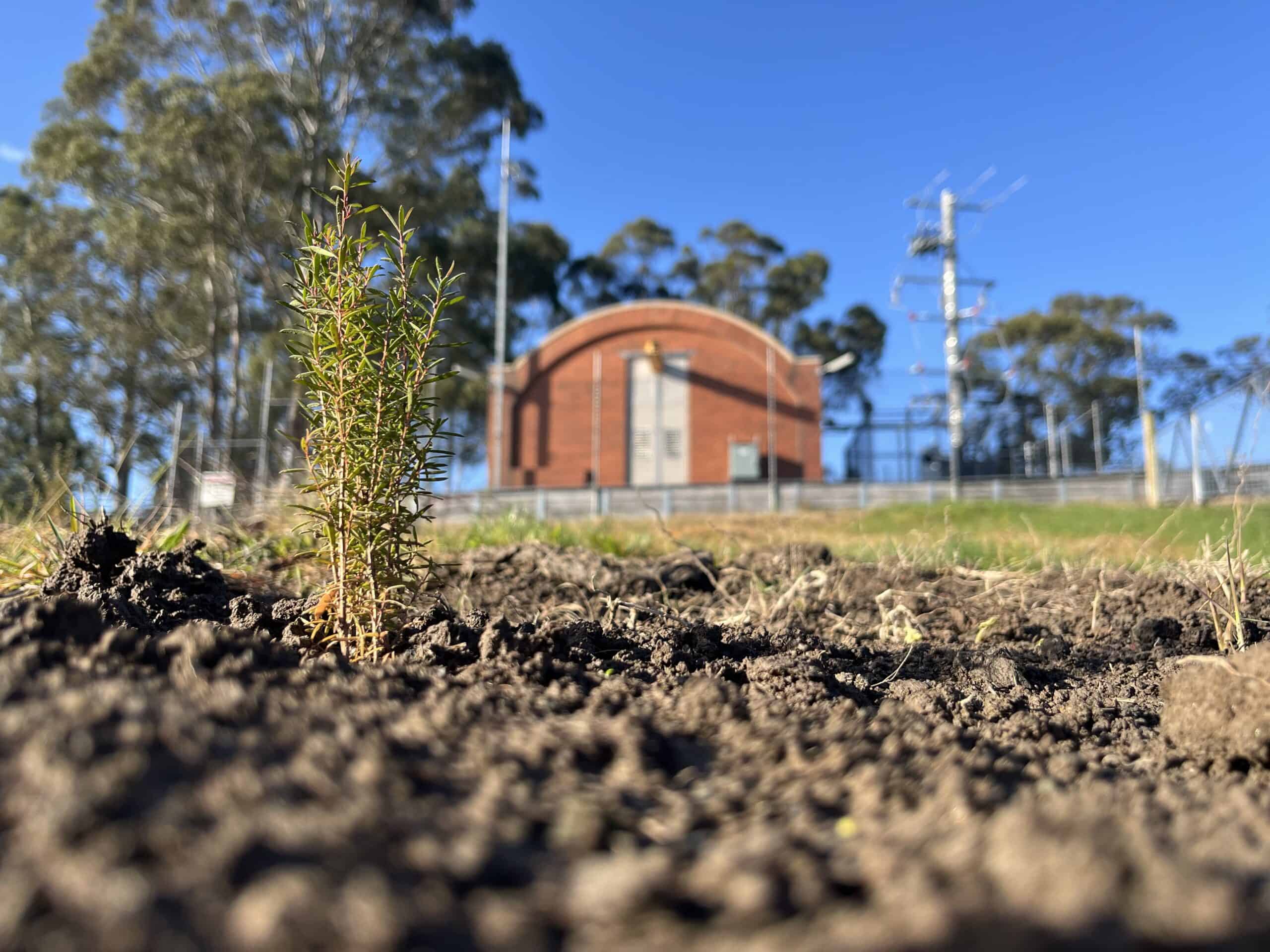
Gippsland Water has safeguarded a key piece of Moe’s water network by planting more than 8,000 native trees and shrubs along Tanjil River near Tanjil South.
The project was completed this month and will reduce long-term pump operating costs by improving water quality.
Managing director Sarah Cumming said it would reduce the risk of damage to Tanjil River pump station, which supplies Moe water treatment plant.
“Improving the resilience of our assets and protecting them from harm helps ensure we can continue to provide safe and reliable services for our customers well into the future,” Ms Cumming said.
“The benefits of this project are twofold. By increasing the number of trees and shrubs along the riverbank, we’re not only reducing our long-term operating costs but improving the health of the waterway and surrounding land as well.”
“Root systems play an important role in holding soil together on riverbanks and reducing the risk of erosion.
“Without this support, sediment and large debris can fall away and travel down the river into our pump systems, causing blockages.
“This is not uncommon at Tanjil River pump station and it can make it more costly to run.”
Ms Cumming acknowledged the surrounding landholders for their support.
“Locals generously allowed us to access the site, install livestock exclusion fencing and undertake regular meetings with them throughout the planning process.
“This assistance was really important in helping us to get the job done and we’re grateful for their cooperation.”
Seven different native trees and shrubs were planted, including the critically endangered Strzelecki gum, the Australian blackwood and silver wattles.
Planting natives, like the threatened Strzelecki gum, supports the growth of other plants and can attract native birds and animals which further enhances biodiversity.
The Tanjil River pump station is a key part of Moe’s water network and can transfer up to 24 megalitres of raw water to the Moe water treatment plant each day.
Gippsland Water will continue to monitor the site’s progress in the coming years and undertake regular pest and weed management.
To find out more about Gippsland Water’s role in biodiversity, visit www.gippswater.com.au/biodiversity


